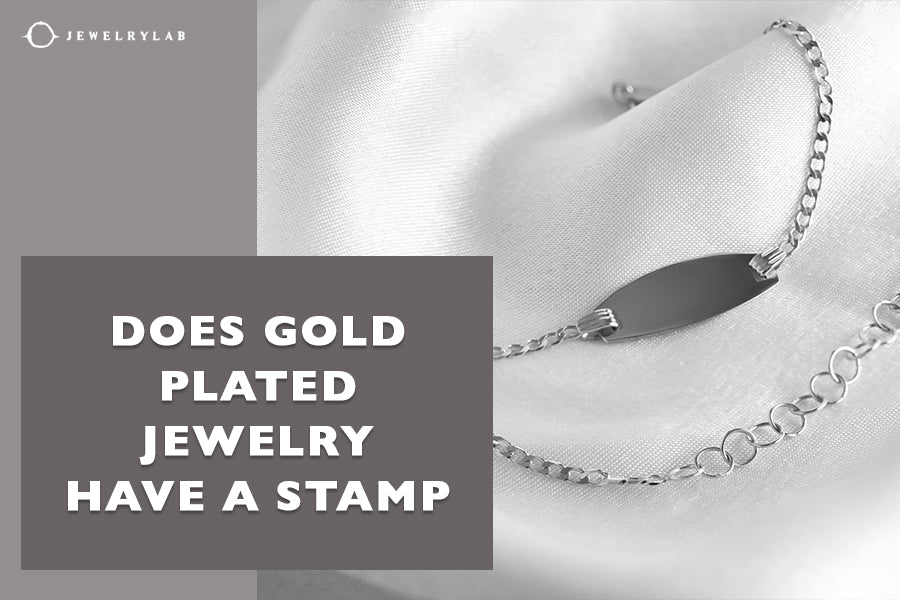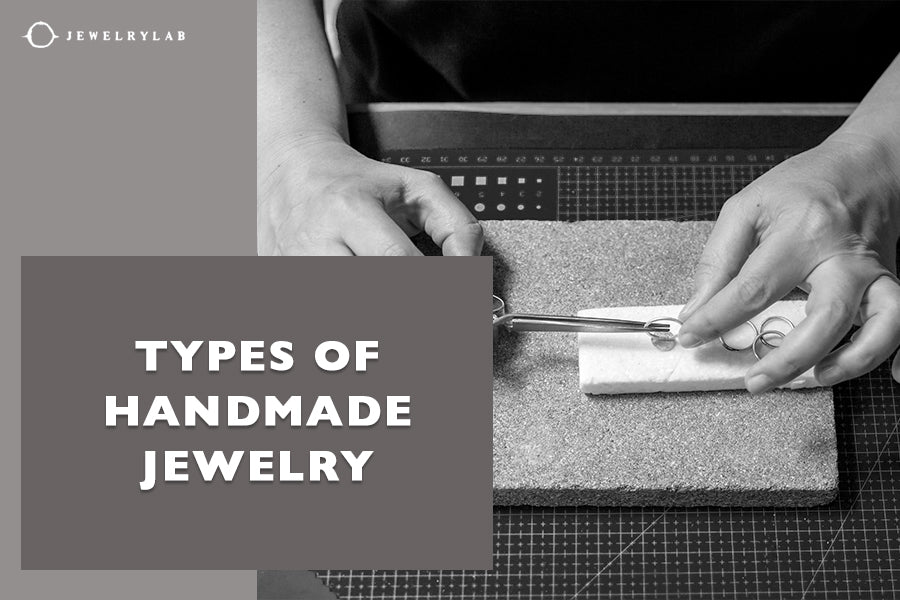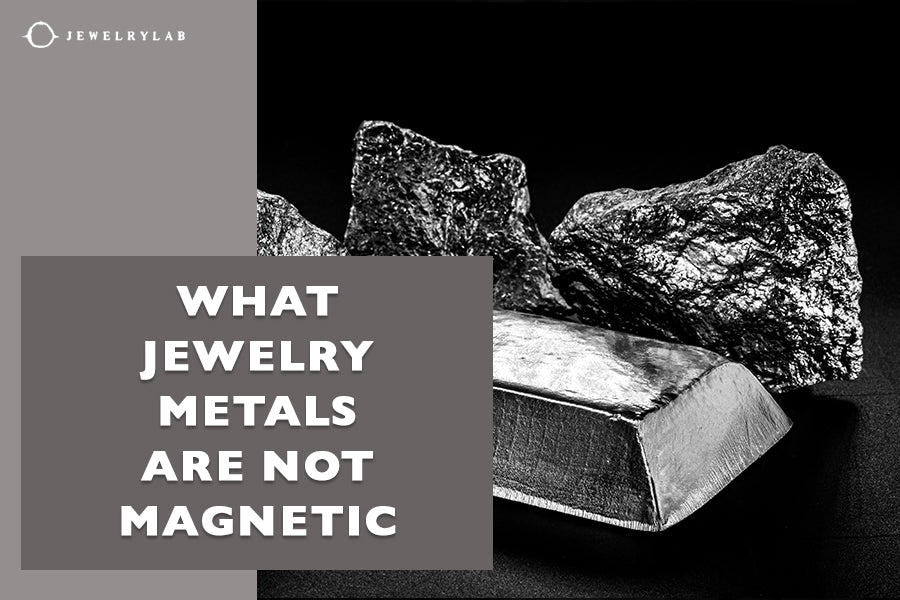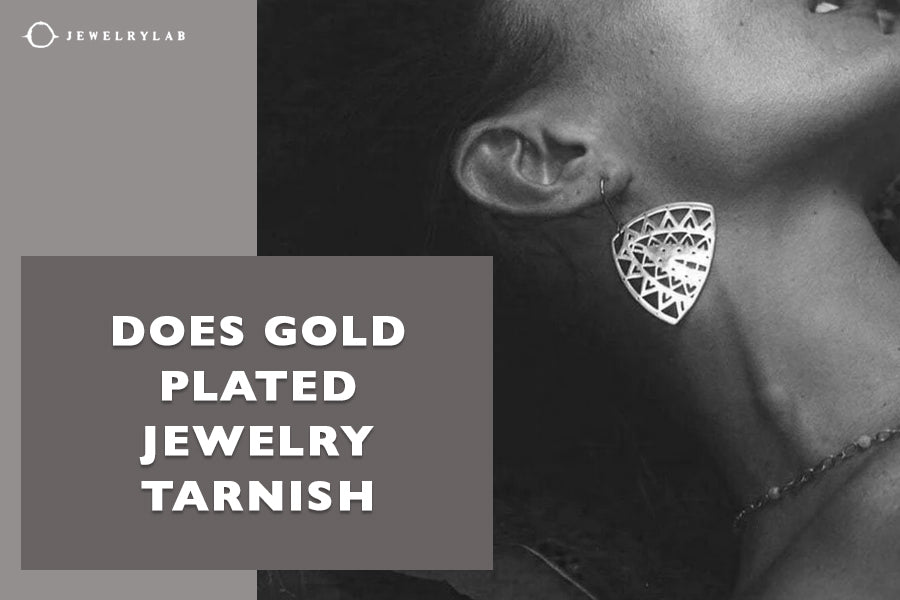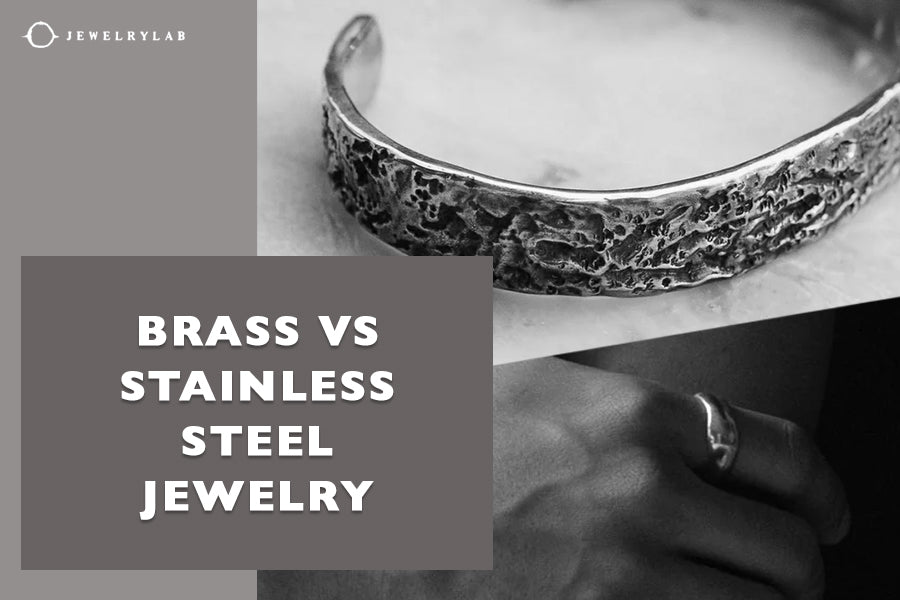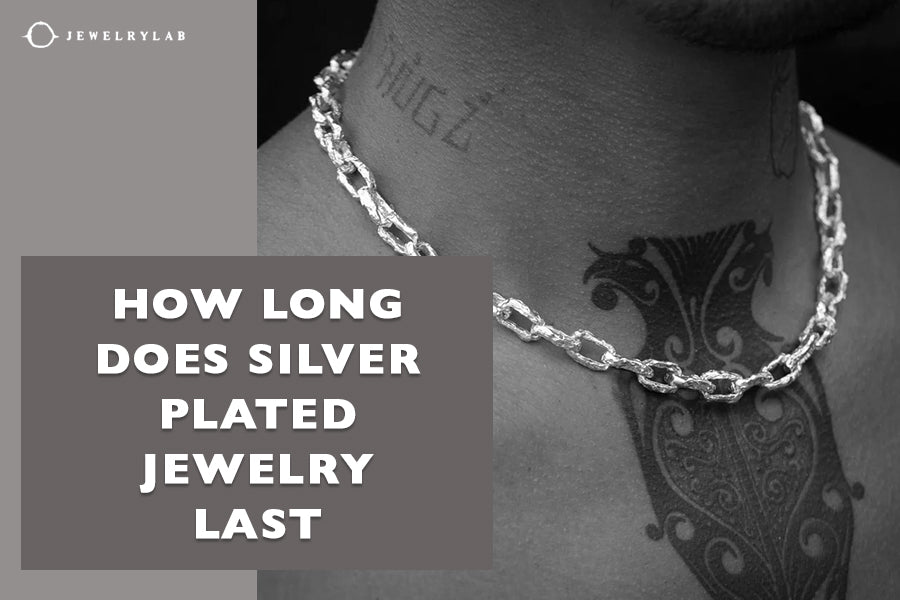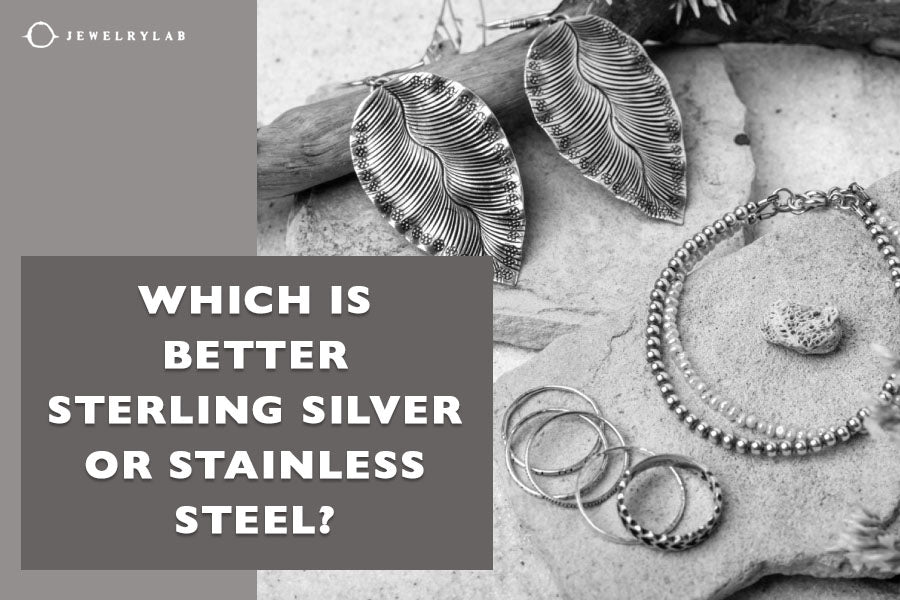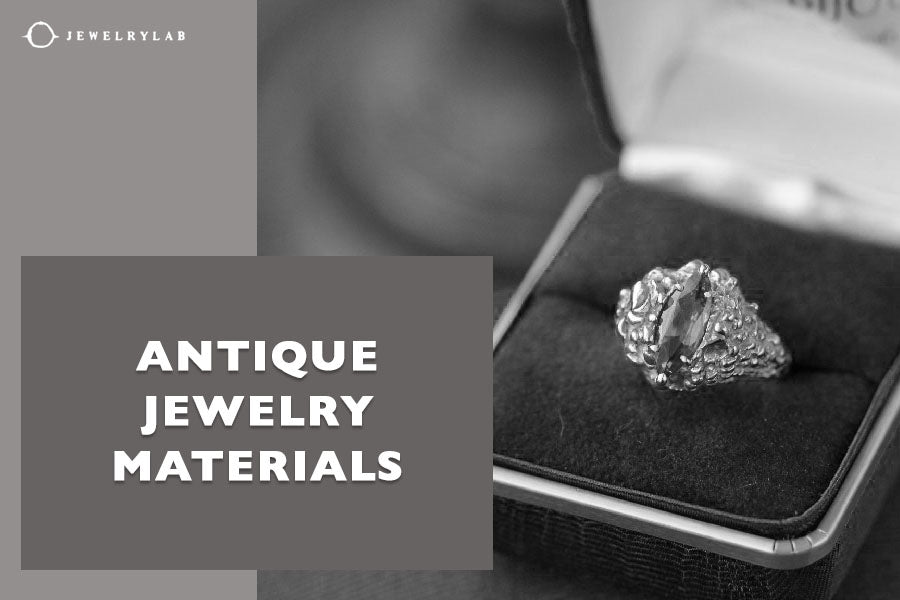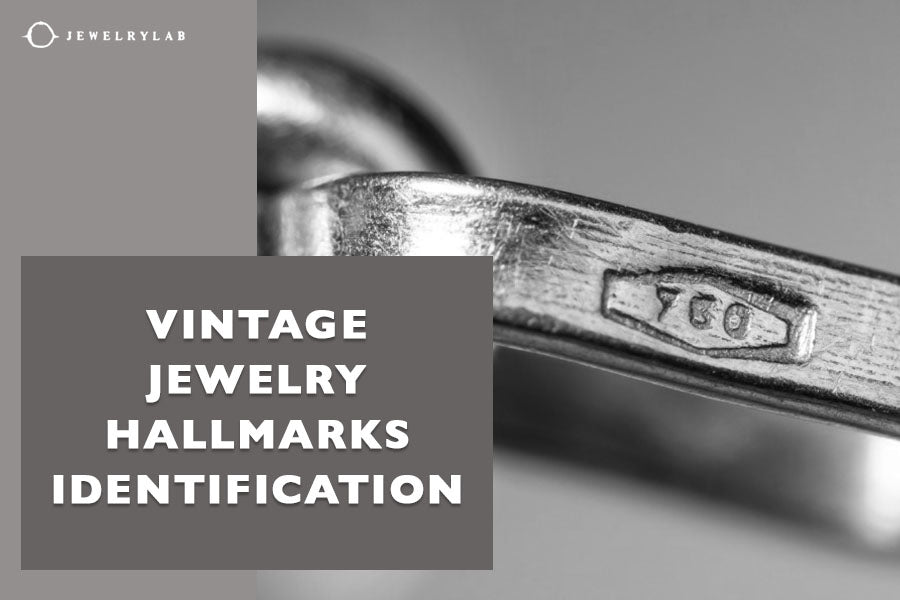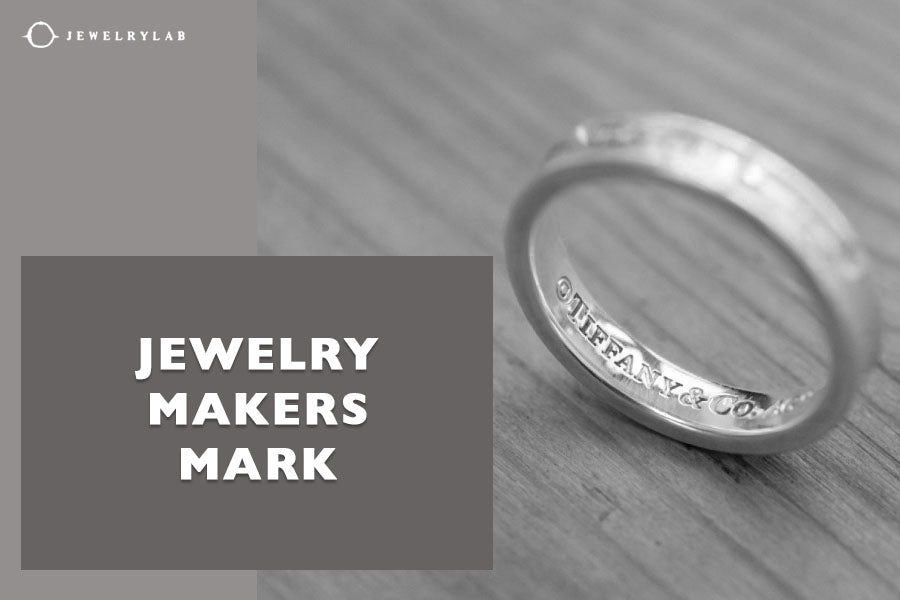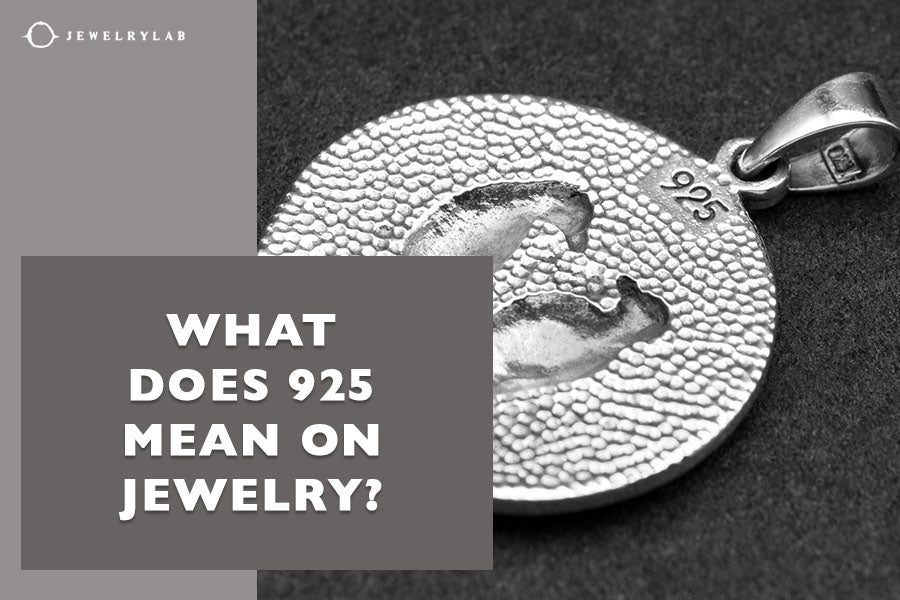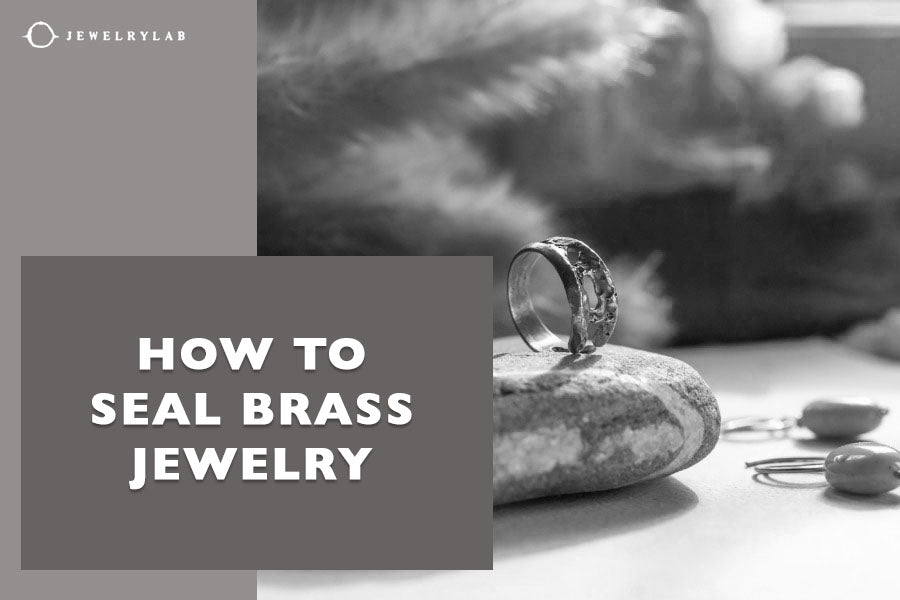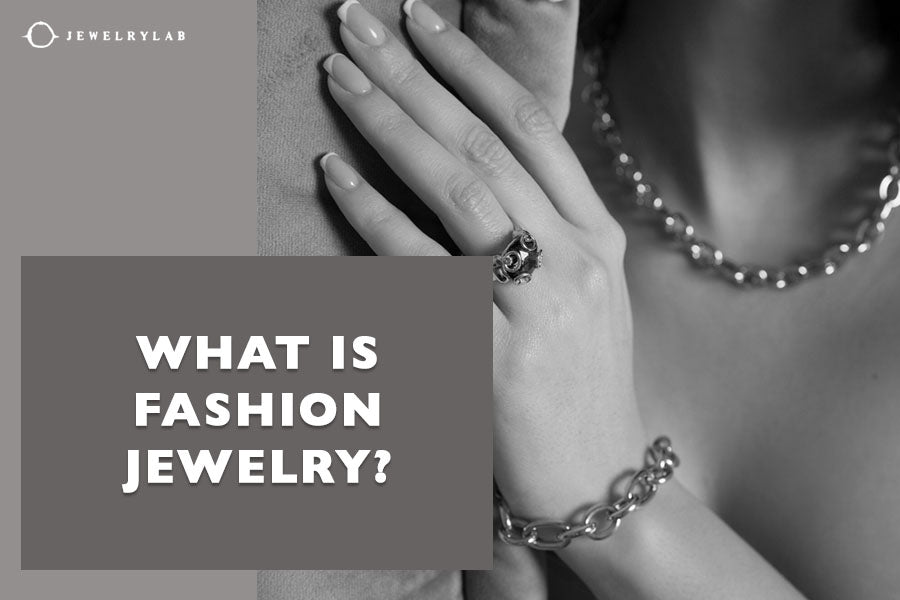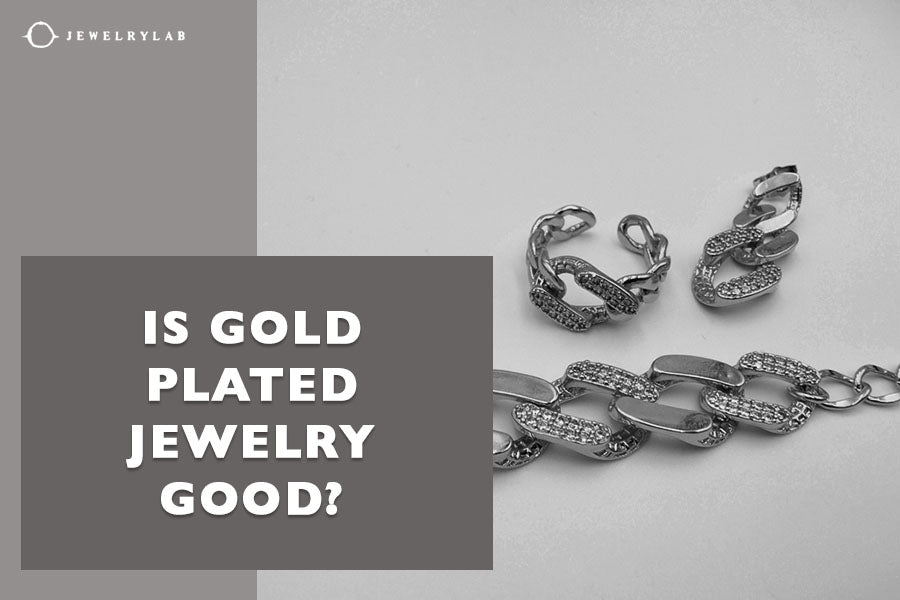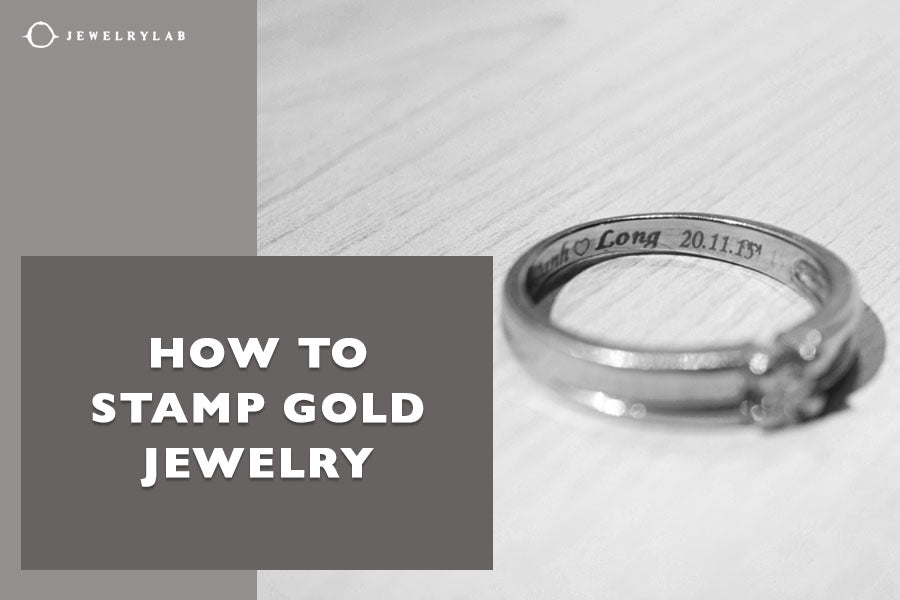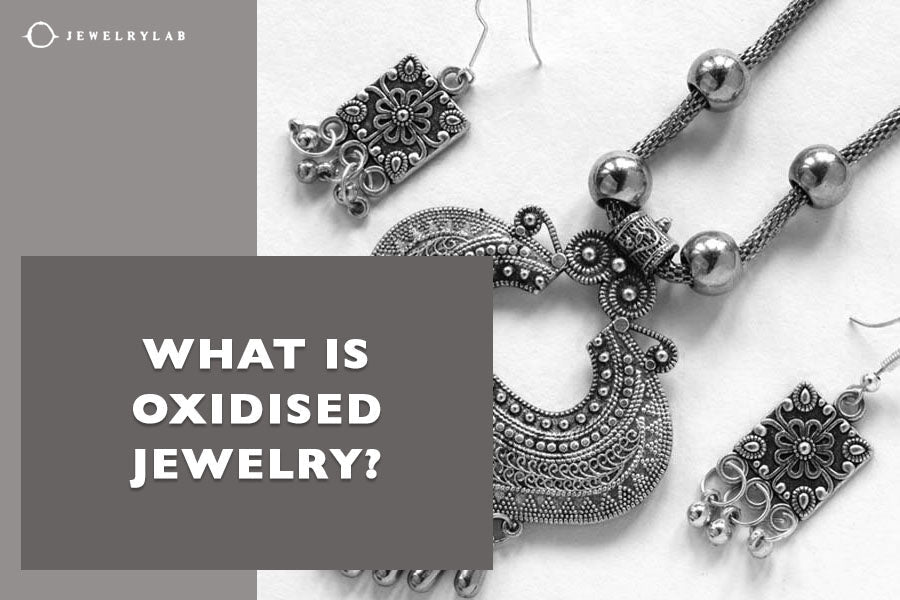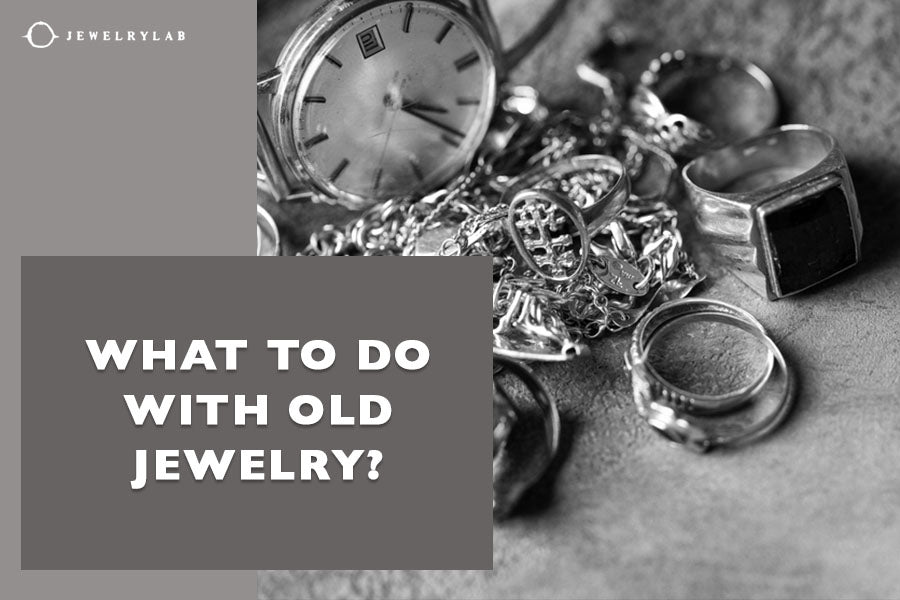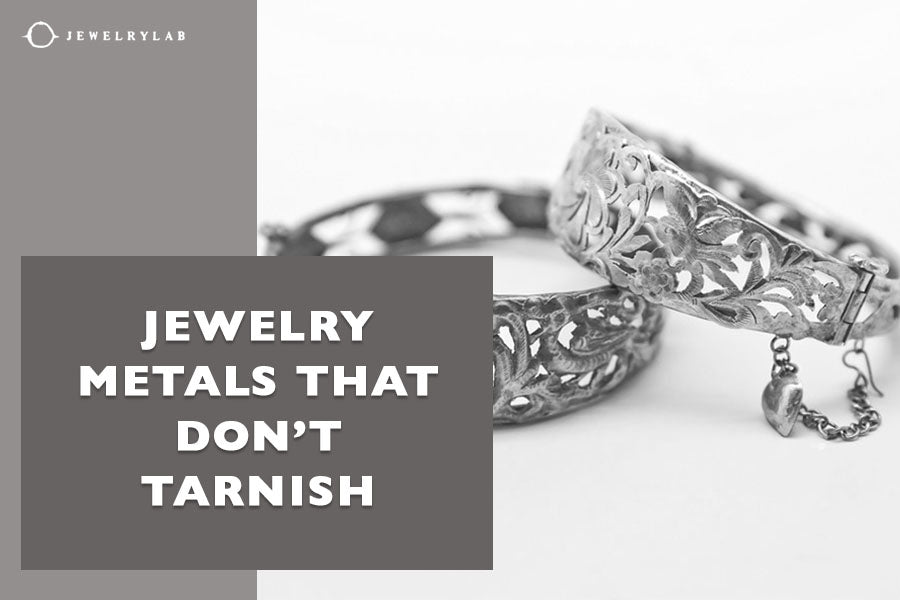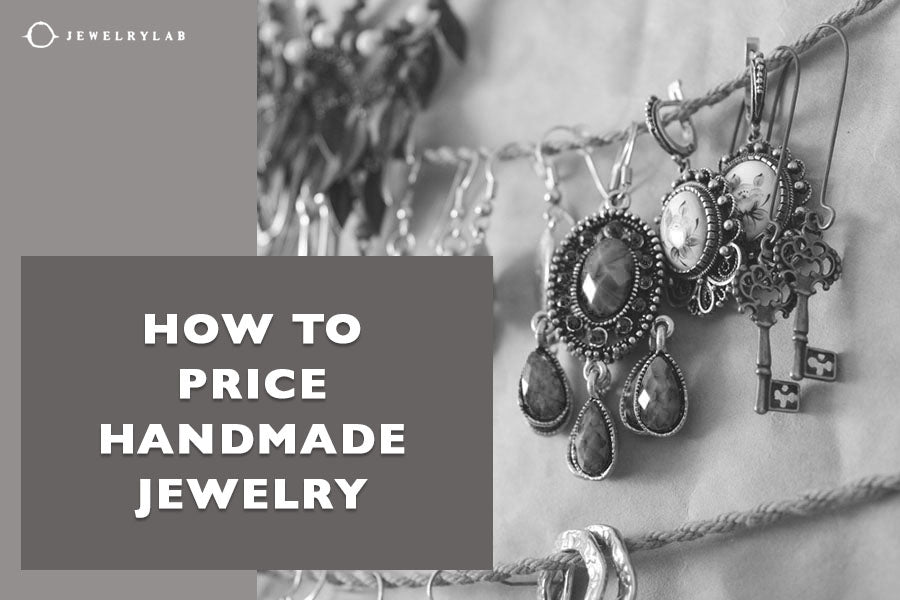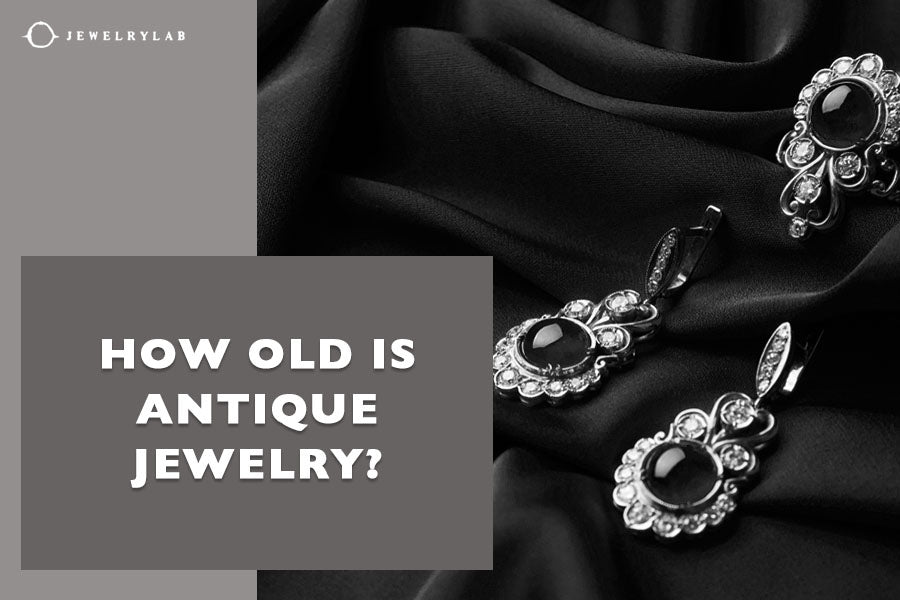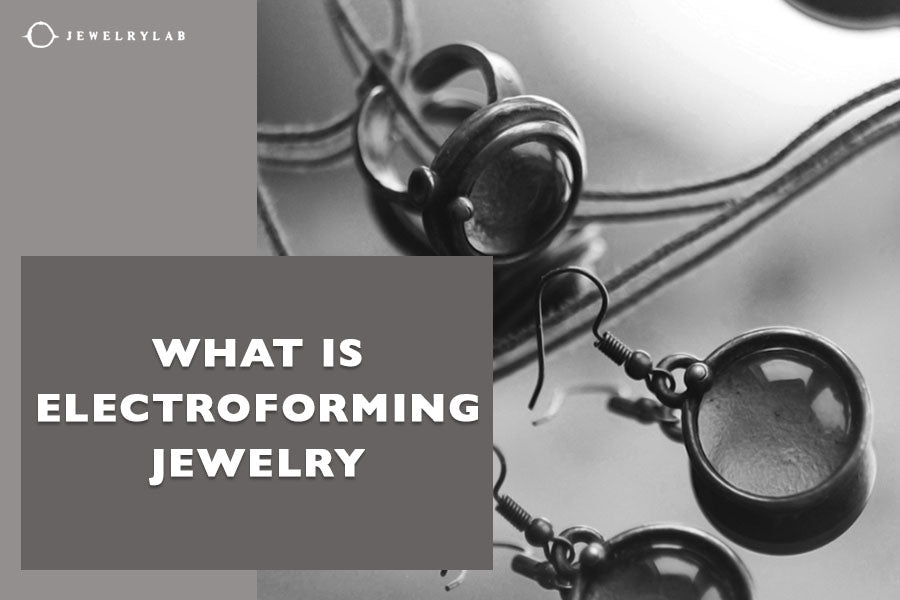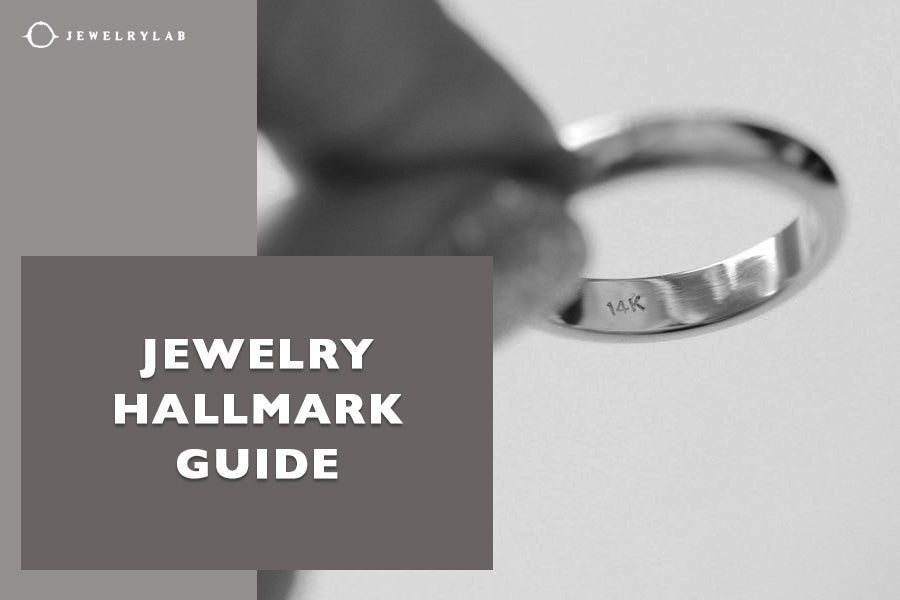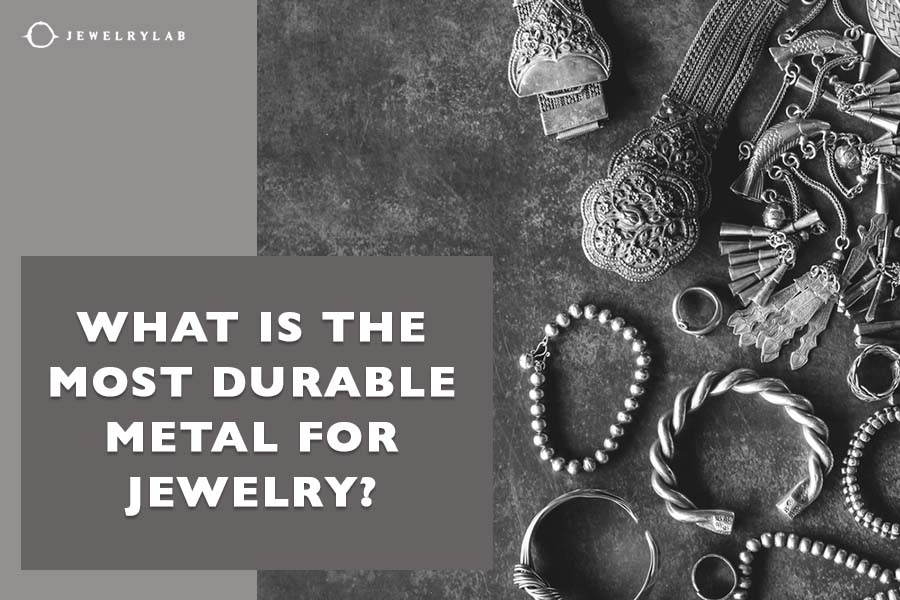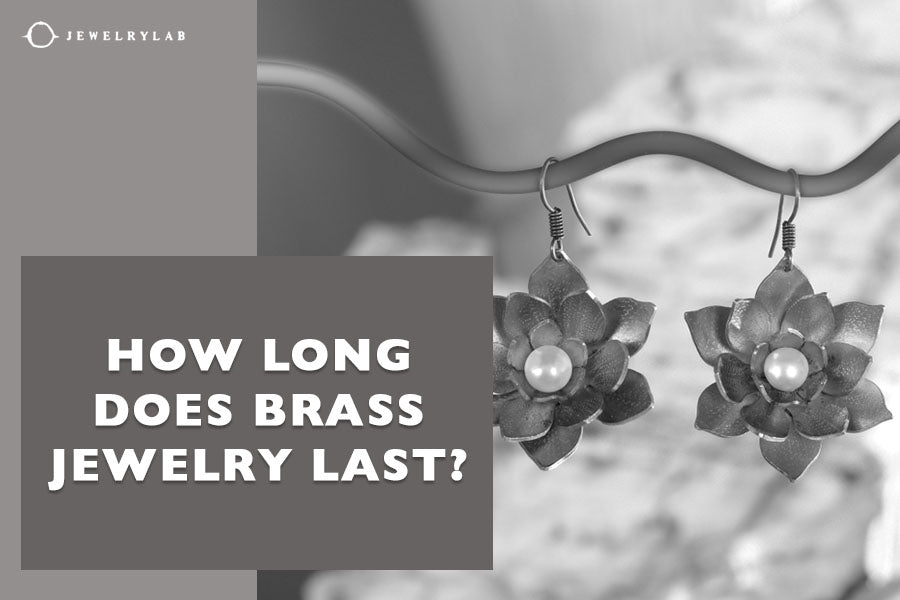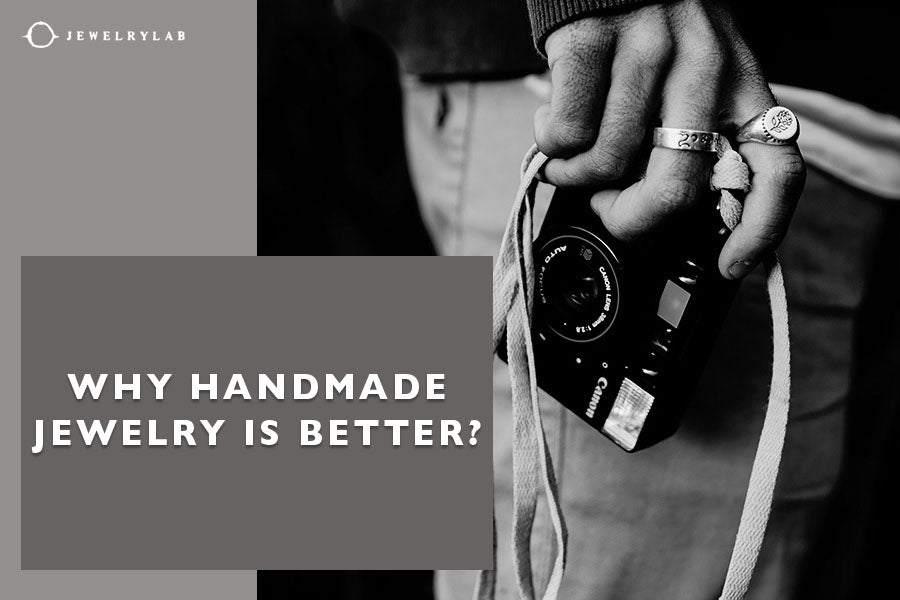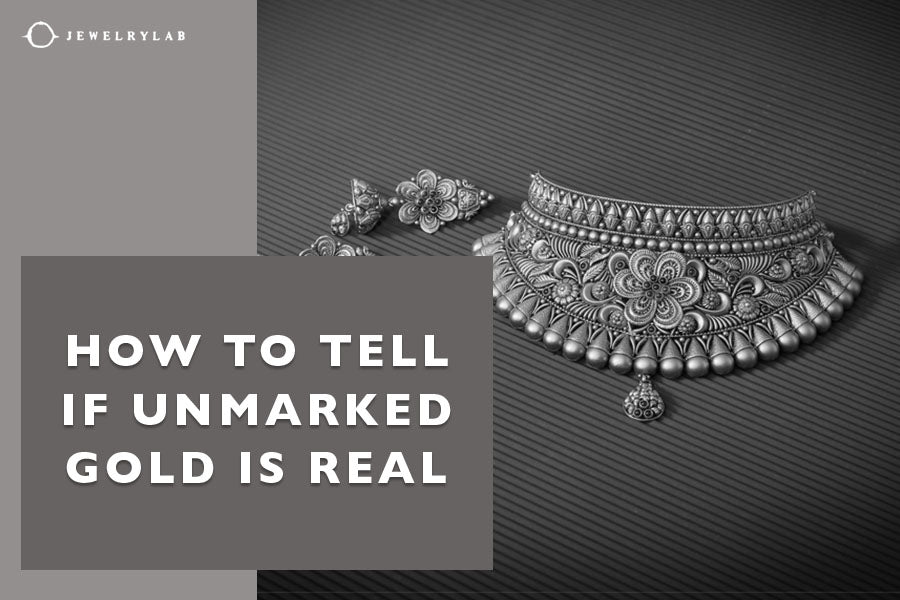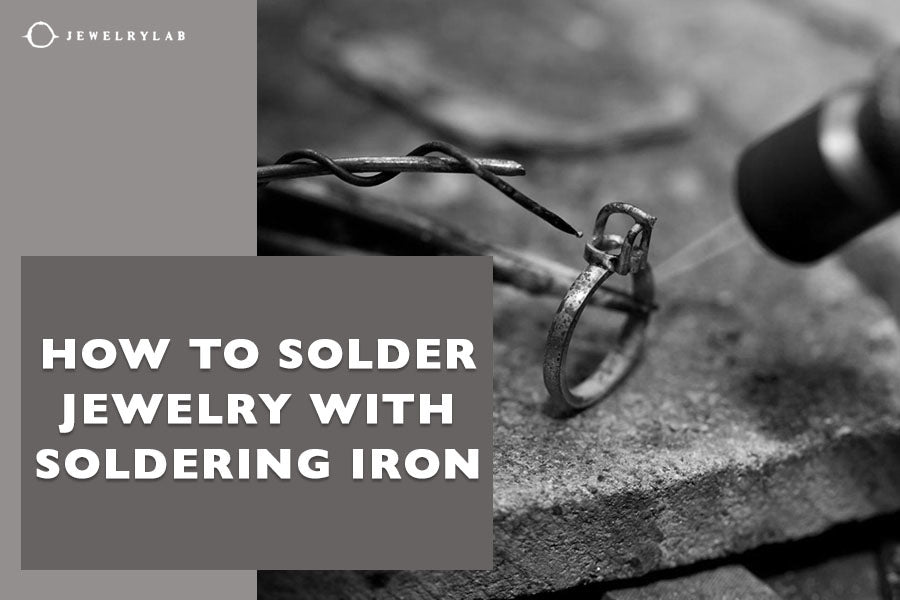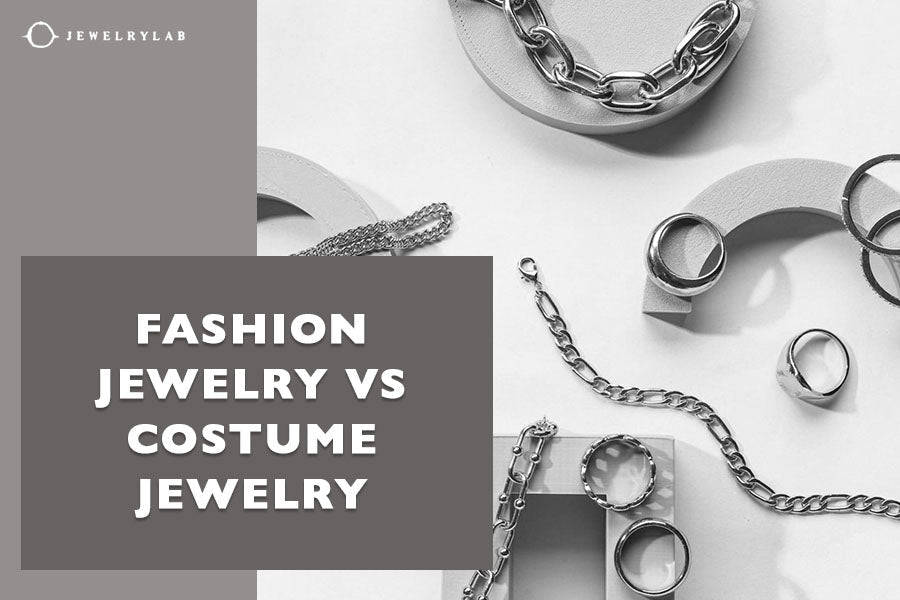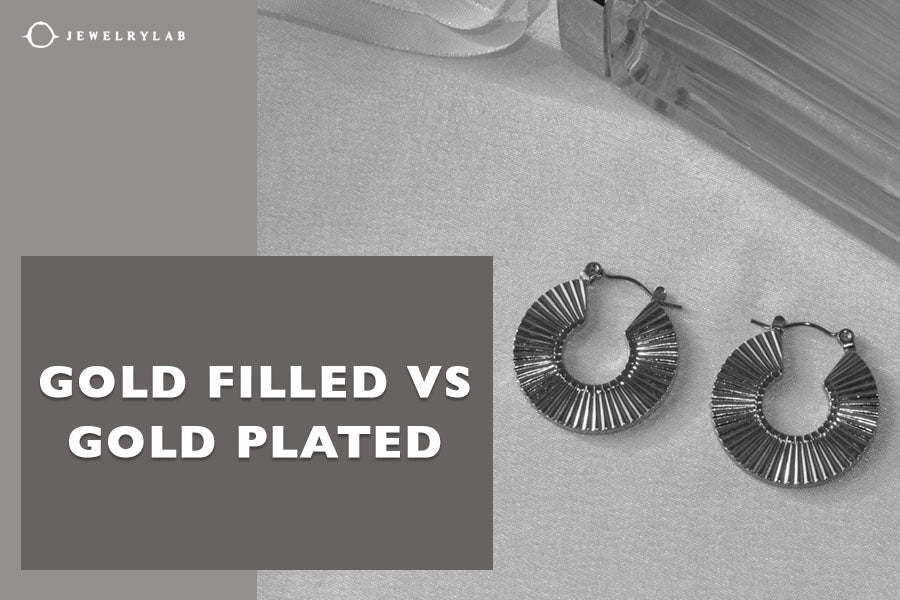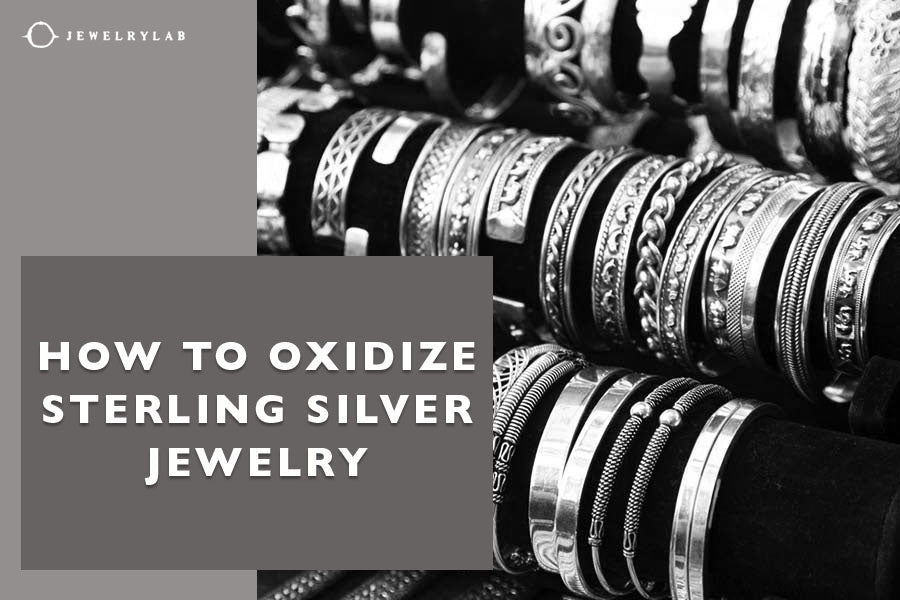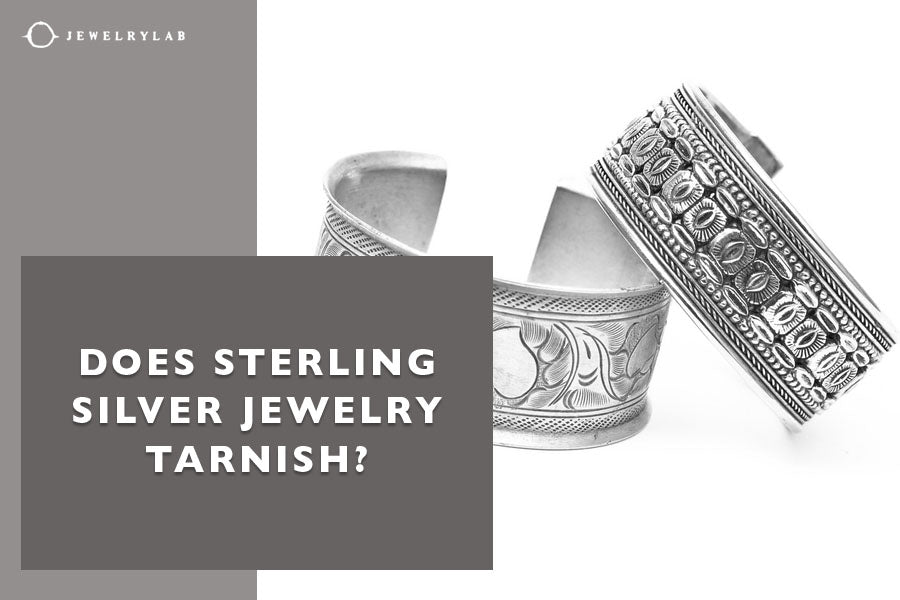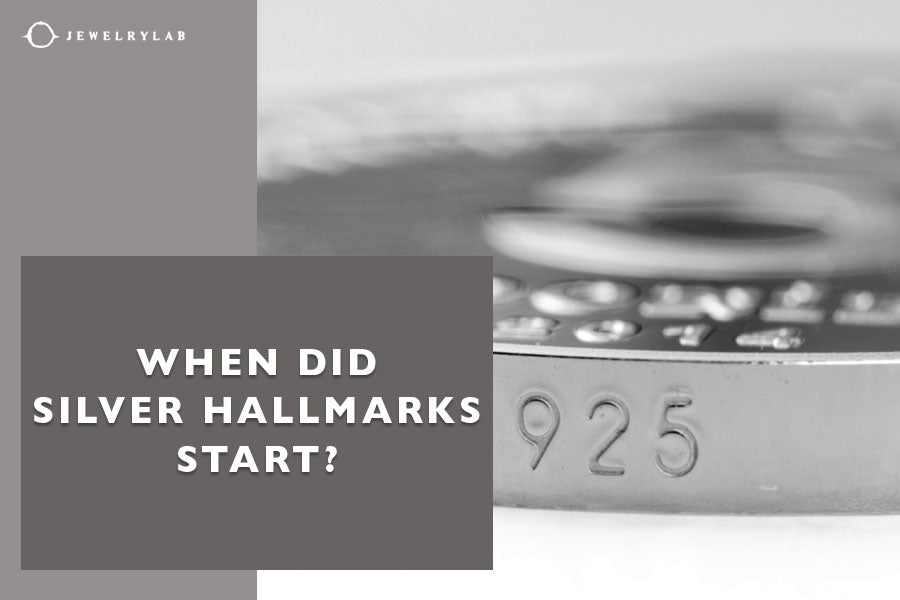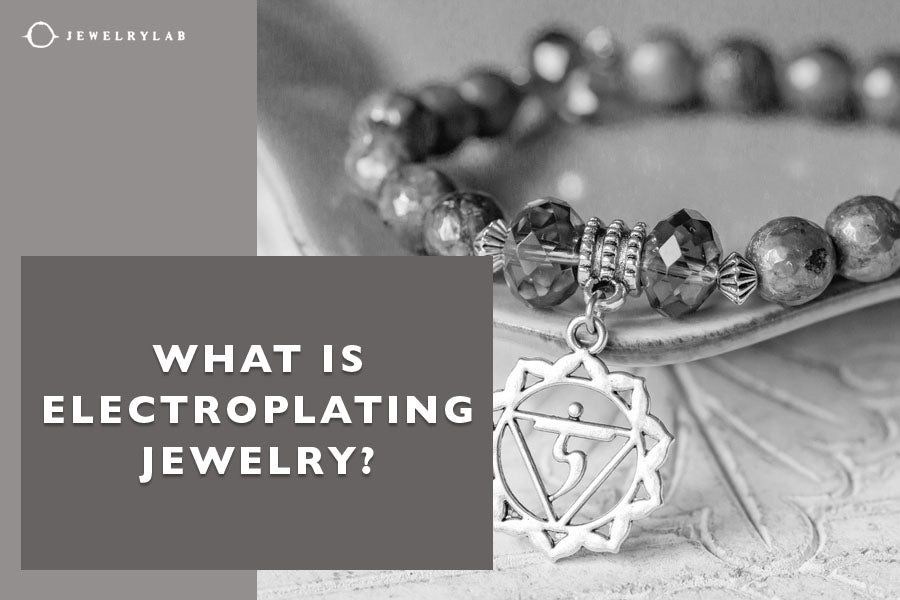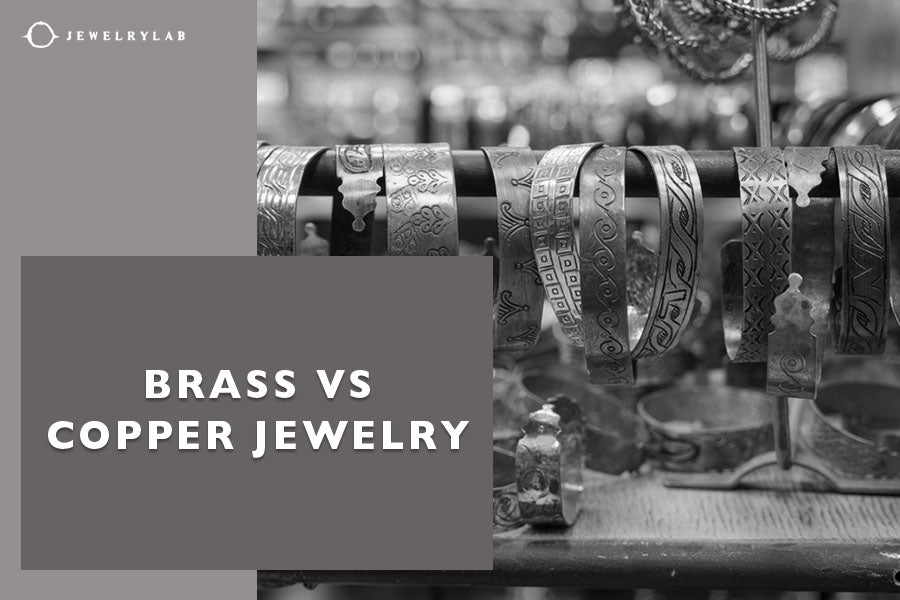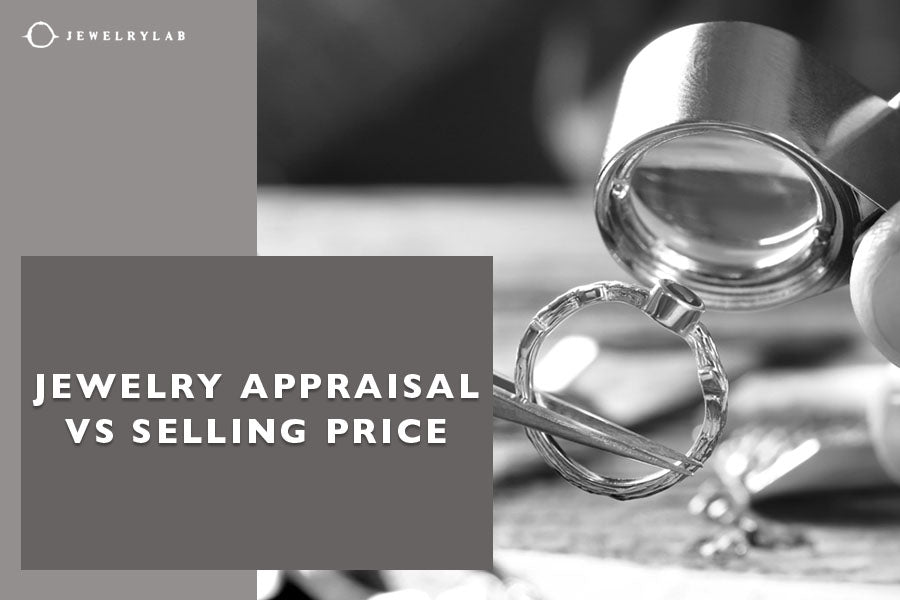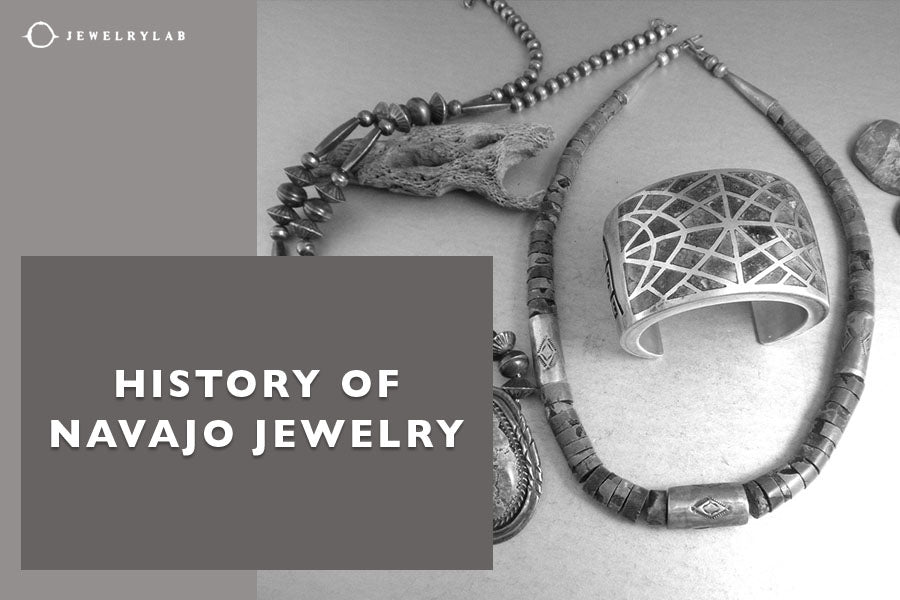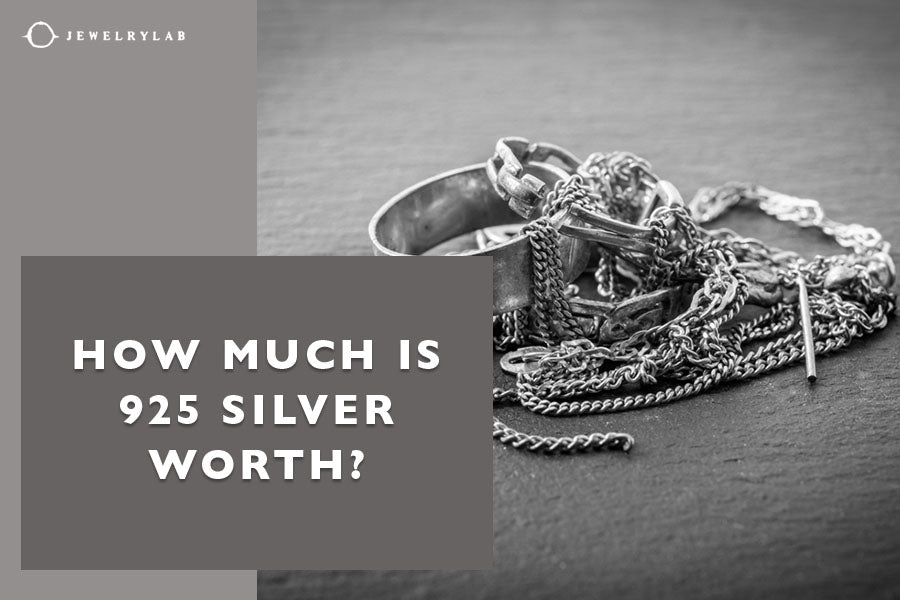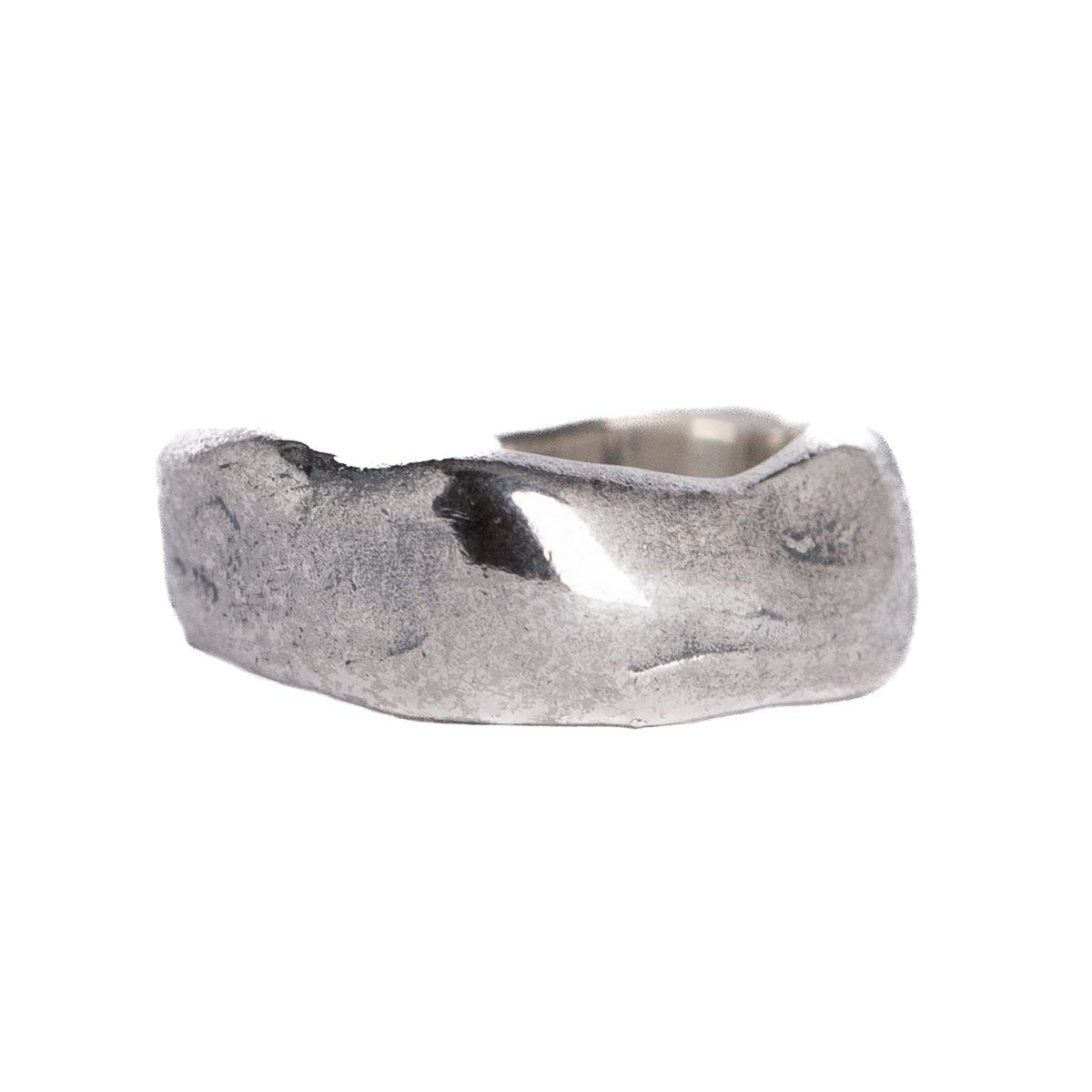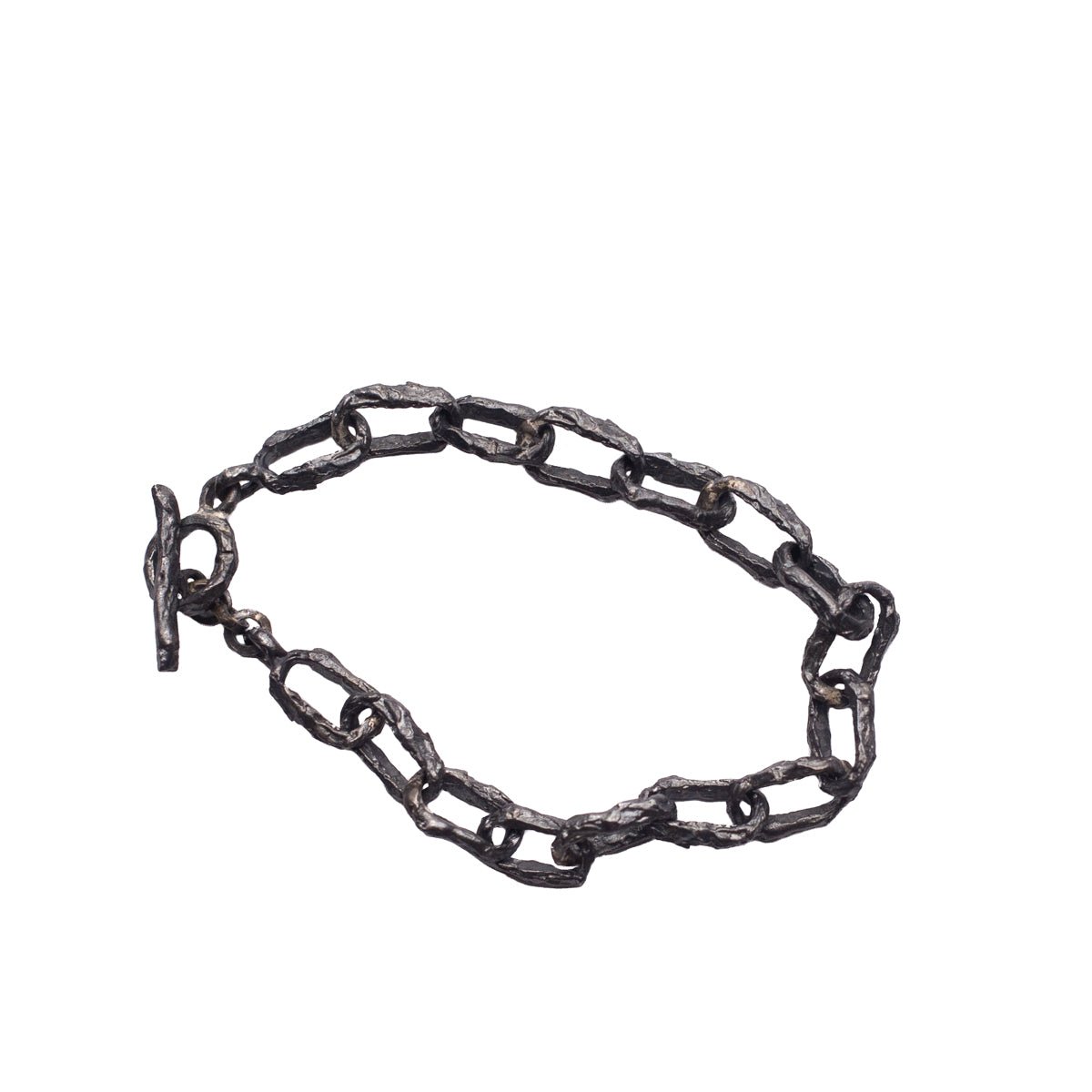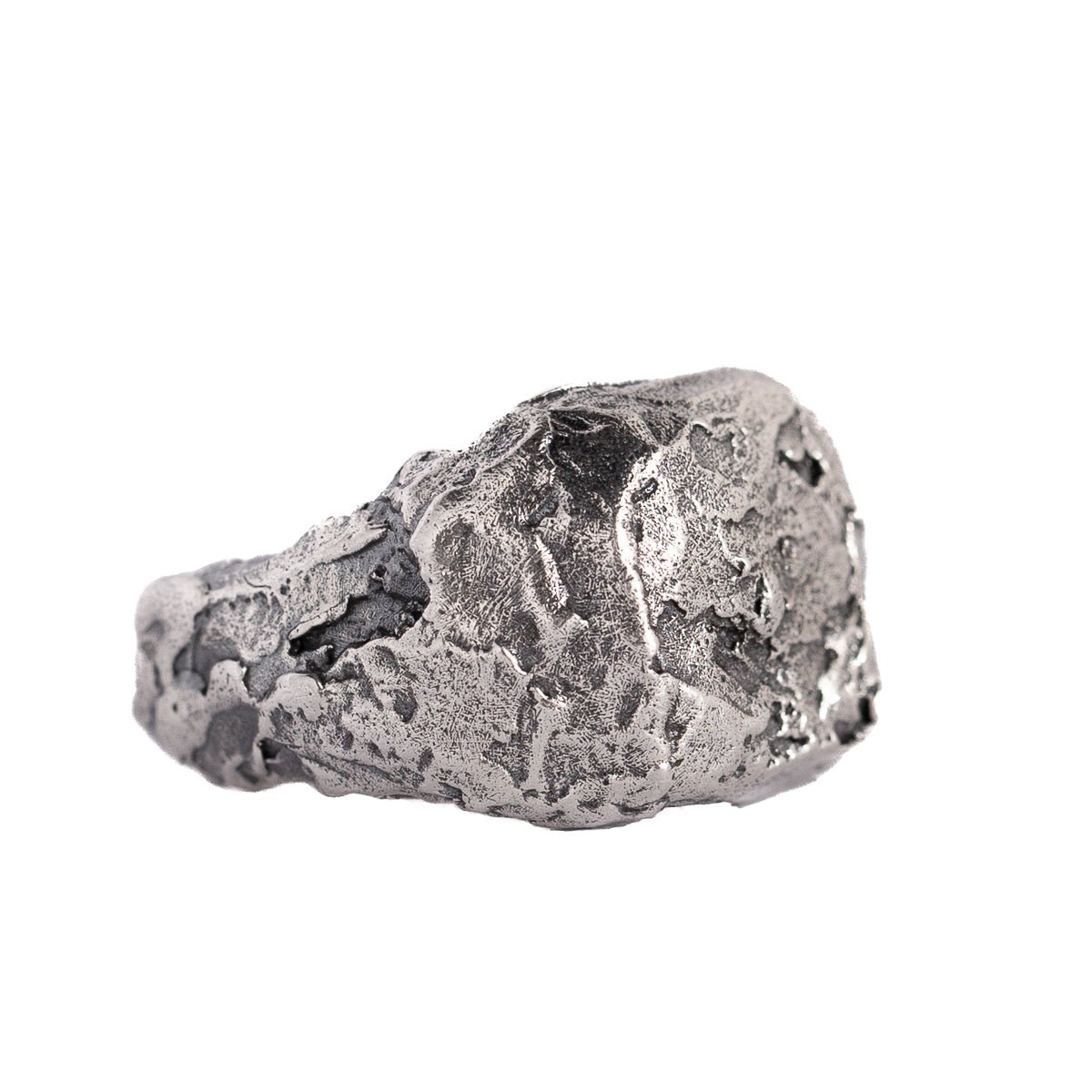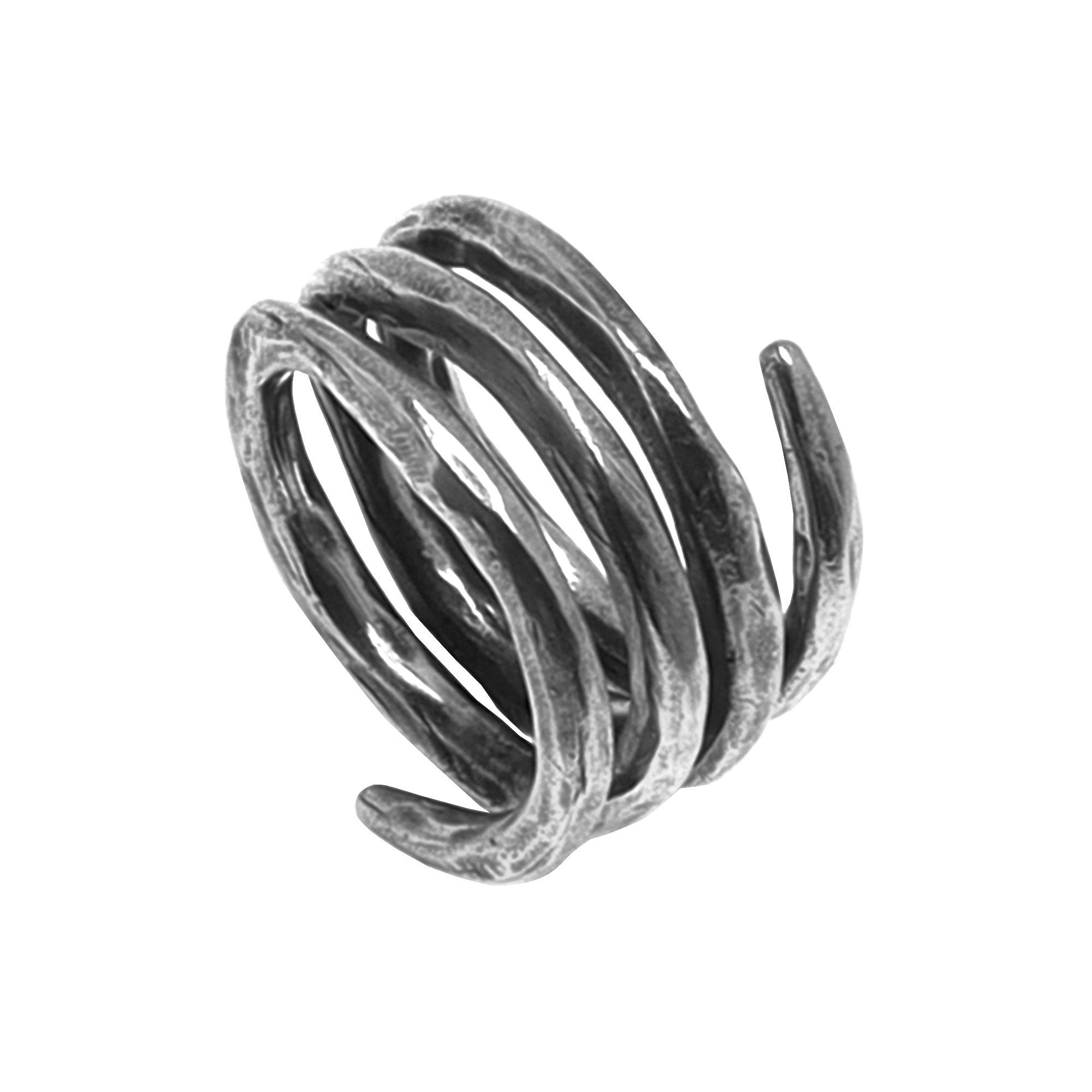by Jesús Zabala - 4 min read
Does Gold Have Nickel in It?
Many have experienced rashes when wearing jewelry with a nickel alloy in it. But does gold have nickel in it? Is nickel the culprit behind people's complaints of gold causing allergic reactions? Unfortunately, you can not tell if a piece of jewelry contains nickel just by looking at it. You need to understand what is gold jewelry made of, its alloys included.
Does Gold Have Nickel in It?
Not all gold has nickel in it. In its pure form, gold is a bright, orange-yellow, soft, dense, malleable, and ductile metal. The purest form of gold is 24 karat, with no other metals included. However, anything less than 24 karats usually contains nickel as part of its composition. Nickel is often used as an alloy to make jewelry stronger and more durable. Adding nickel makes the gold harder and more resistant to wear and tear.

Nickel Content in Gold Alloys
Nickel is often found in precious metals, like karat gold. Typically, gold alloys contain different amounts of nickel depending on the color and properties manufacturers seek to achieve.
Nickel is common in 18K white gold, along with zinc, copper, and sometimes palladium, to increase the metal’s resistance to bending and scratching. In 18K white gold, the alloy typically contains 75% gold and 25% other metals, with nickel occupying a significant part. This ratio can vary, but nickel content is often at least 8%.
In 14K white gold, which is 58% gold, the remaining 42% is a mix of metals, including nickel.
If you are sensitive to nickel, your chances of reacting to it are highest with 12 or 9 carats of gold because this gold contains the highest amount of nickel.
On the other hand, you might not react to 24 karat gold, which has 99.9% of gold. The percentage of other materials is extremely low.
Nickel is less commonly used in yellow and rose gold alloys, where metals like copper and silver are preferred to retain the gold’s natural hue. The amount of nickel in these alloys is minimal or absent.
Nickel-free Gold Options
Luckily, for people who suffer from nickel allergies, there are nickel-free gold options. We recommend the following:

Source: shutterstock.com / Photo Contributor: RameshUsha
Nickel Allergies and Sensitivities
Nickel as a metal is frequently used not only in jewelry but in many everyday items. Nickel allergies and sensitivities are common, affecting a big percentage of the population. The allergy occurs when the skin comes into contact with nickel, triggering an immune response that results in allergic contact dermatitis. Symptoms include redness, swelling, itching, rash, and sometimes blisters or dry patches on the skin.
Interestingly, women are more commonly affected than men, maybe because they wear jewelry more often. Once a nickel allergy develops, it usually persists for life. If you are sensitive to nickel, you should consider some alternatives, such as stainless steel or titanium jewelry.
Due to allergic reactions, manufacturers should label jewelry components and indicate whether they contain nickel or are nickel-free.
Jewelry Regulations and Nickel Content Limits
International regulations regarding nickel in jewelry aim to protect consumers from allergic reactions and skin irritations caused by nickel exposure. The European Union has some of the most strict regulations under the REACH (Registration, Evaluation, Authorisation, and Restriction of Chemicals) framework.
In the EU, the Nickel Directive limits the amount of nickel released from jewelry and items in prolonged contact with the skin.
The United States does not have federal regulations specifically targeting nickel content in jewelry, but certain states, like California, have established their own rules. California’s Proposition 65 requires businesses to warn about significant exposures to chemicals, including nickel.
In other regions, such as Japan or Canada, guidelines and voluntary standards exist to control nickel release in jewelry, though they may not be as thorough as the EU regulations.
These regulations aim to reduce the risk of nickel-induced allergic reactions and ensure consumer safety in the global jewelry market.

Source: shutterstock.com / Photo Contributor: Olga Mukashev
Conclusion
So, does gold have nickel in it? Yes, some gold alloys contain nickel along with other components. For example, nickel is common in 18K white gold, 14, 12, and 9 karat gold. Yet, 24K pure gold is made of 99.9% gold, so it is unlikely to develop an allergic reaction.
As jewelers, we are aware of the allergy that nickel might cause and how important it is to label jewelry components and indicate whether jewelry contains nickel or not.
The good news is that if you are prone to nickel allergies, you have some alternatives, such as jewelry pieces made of palladium white gold, platinum, and rose gold.
-
DESIGNED & HANDMADE IN BALI
-
FREE RESIZING FOR EVERY PIECE
-
FREE SHIPPING ON $150+ ORDERS
-
100% SAFE & SECURE CHECKOUT

